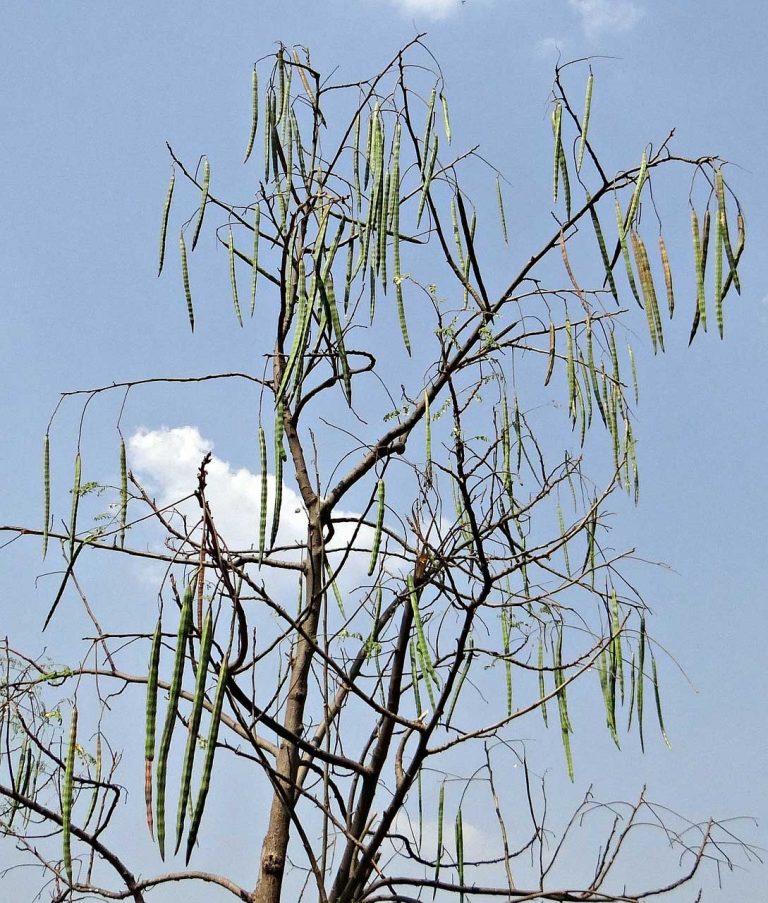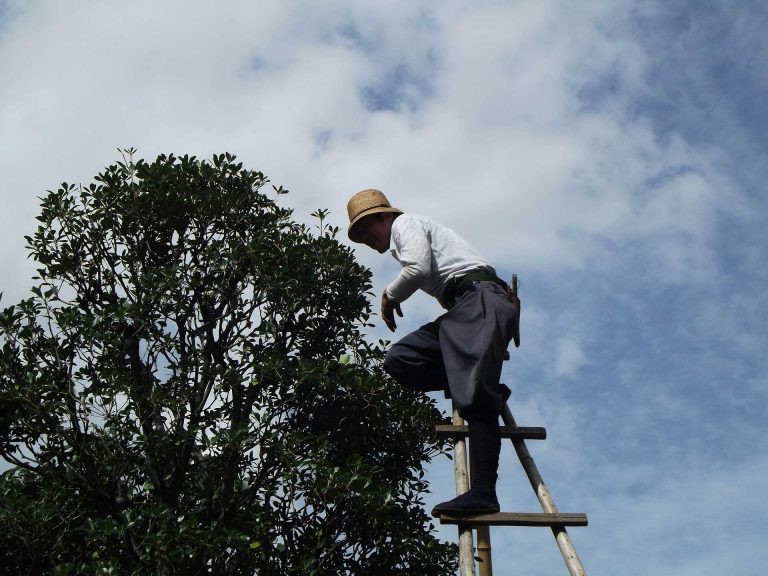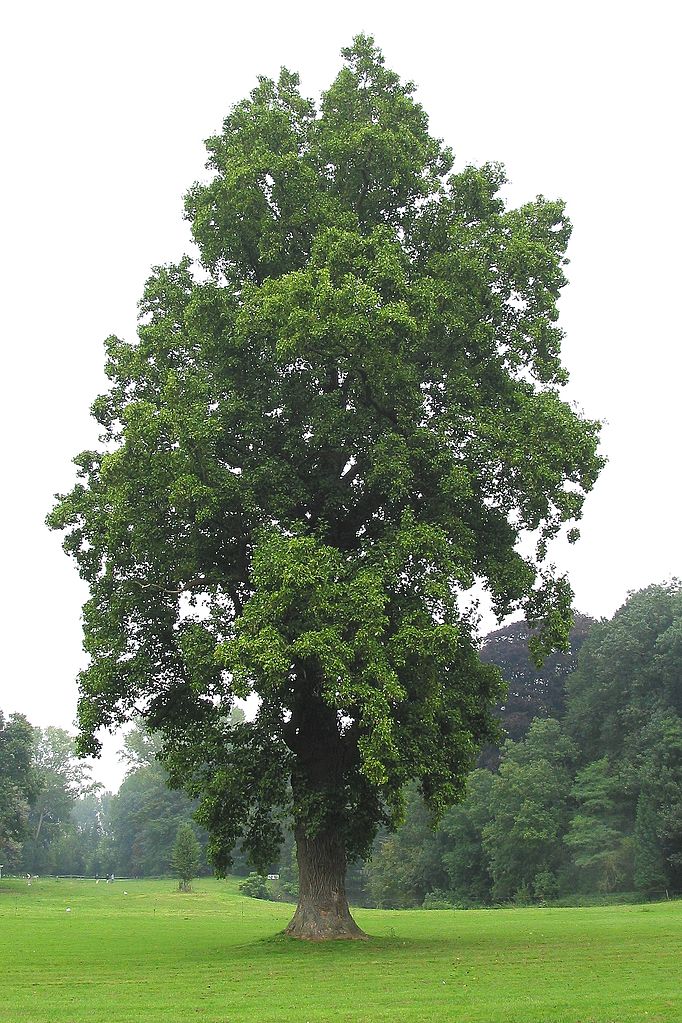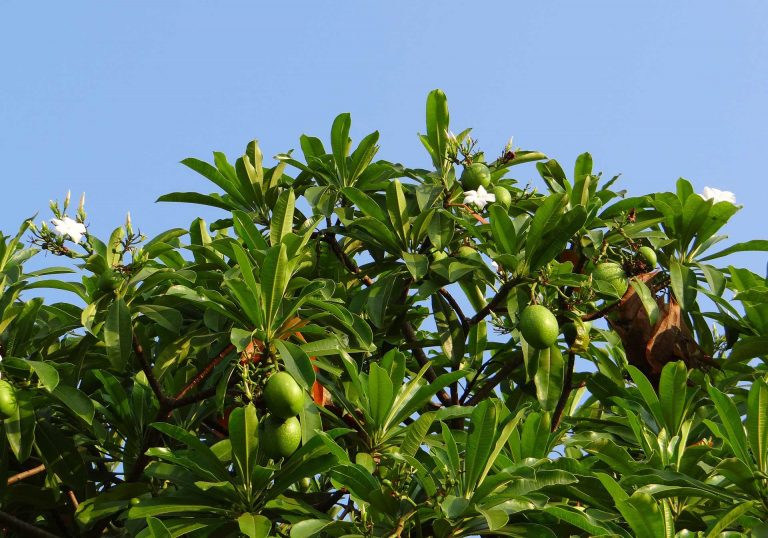Tree of Life
The idea or concept of a ‘Tree of Life’ has always stood the test of time as a motif or symbol in the diverse subjects of theology, Biology, Religion, Philosophy and mythology. It further represents the symbol of the intricate interconnection of all life in our universe. The tree stands as a figure of speech alluding to the comparison of unrelated subjects in the process of evolution.. The tree (of life) could very well be used as a synonym for a sacred tree. The concept of the Tree (of) Life has been with mankind, right from the ancient days, probably from the time that he started worshiping nature.
Encyclopedia Brittanica seems to suggest that, the tree of life that brings together all walks of creation, and the tree which symbolizes knowledge, forms a bridge between our world with the heaven and the underworld, and both are offshoots descended from the Cosmic tree that you can also refer to as the World Tree. These two trees (of knowledge and of life) are portrayed simultaneously in diverse religions and philosophies.
The motif of the world tree is omnipotent in the different traditions of culture and mythology associated with diverse religions like the Indo-European religion, Native (American) religion and the Siberian religion, often alluding to matters of fertility and immortality. The colossal world tree supports the heavens, connecting the earth with the heavens and through their roots to the underworld.
Many trees of life are described in folklore, fiction and Culture. They owe their common origin to religious Symbolism.
Ancient Persia
Pre-Islamic mythology alludes to the world (tree) as a huge, holy tree which bears all the seeds. Ahriman, a reference to “destructive Spirit” or its derivation, Satan, wanted to destroy this tree.. He created a huge frog to destroy the tree as he did not want any tree to grow on earth as he did not want any tree to grow on earth Ahura Mazda, or God saw through this plan of Ahriman and created two fish to watch the frog and guard the tree. The fish would always watch the frog to counteract any move to destroy the tree. Ahriman is Evil, responsible for all bad things in the world. Ahura Mazda (God) is committed to protect all things good (including Life). This establishes the close sacred relationship between the world tree and the ‘Tree of Life’ is in ancient Persian Mythology.
Another myth of ancient Persia, relates to two trees, Mashy and Mashyane, from which, according to folklore, all living things descended. In other words, could allude to the common belief of the myth that Gods Descended in human form to create all things living.
Tree Of Life In Egyptian Mythology
The concept of the ‘Tree of Life’, has its place in ancient Egyptian mythology as well. The people of Heliopolis worshipped a group of 9 deities, starting with the God Atum, his two children, Shu and Tefnut, his grandchildren Geb and Nut and their four children, Osiris, Isis, Set and Nephthys.
Egyptian myth believed that Shu and Tefnut representing moisture and dryness, the next generation children, Geb and Nuit representing the earth and the sky, and the third generation couple Isis and Osiris, descended from Lusaaset’s (the grandmother of all deities) Acacia tree that apparently encompassed both life and death. This was not surprising, since the Acacia contains DMT. A psychedelic drug, which leads to hallucinations and are closely associated with spiritual experiences. According to a later myth, Set killed poor Osiris, and threw his coffin into the Nile. The coffin later got embedded in a Tamarisik tree’s base.
‘The Holy Sycamore, according to the ancient Egyptians, stood rooted between Life and Death and connected the two worlds.
The Assyeian Tree Of Life
A series of intersecting lines and nodes represented the Assyrian ‘Tree of Life’. The ‘Tree’ was obviously a highly significant religious symbol for them, which only gods, kings and priests attended. There is still no agreement on the symbol’s meaning, which could have a variety of connotations. Modern scholars say that the symbol is that of the tree of life. No documented evidence is available about the symbol.
Some schools of thought opine that the biology of evolution has planted the concept of the World Tree in the human mind, encouraged by the survival of humans living in trees as primates for a long period of around sixty million years during the history of mankind. Consequently, our subconscious retains an image of a the whole world under the safe umbrella of an all encompassing tree.
Baha’i Faith
The ‘Tree of Life’ concept appears in Bahai faith also as a manifestation of God. The Hidden Words of Bahá’u’lláh contain references to the ‘Tree of life’ planted in paradise. The concept can be analyzed to connote the manifestation as the roots and trunk of the tree of life and the devotees as branches and leaves. The fruits of the tree nourish the growth of civilization.
The distinction between the Tree of Life and The tree of knowledge alludes to what is good and what is evil. The Tree of Knowledge represents the physical plane with the opposites like Light and Dark, Good and Evil and the like. The tree of life represents the sphere of spirituality, where dualties do not exist.
Hinduism
The holy book of the Hindus, The Bhagavath Geetha, contains references to the Tree of life. The great Aswadha or Indian Fig Tree, is the Cosmic tree having no beginning or end. Nor is the tree stationary. The tree has its roots up and the branches down. The branches of the tree get their nourishment from the three Gunas Sattva (creation), Rajas (transformation or destruction and Tamsa representing preservation. The infinite roots of the Aswatha tree spread in the human world in the form of action. Lord Krishna teaches that the tree is Brahman itself and hence impossible to cut off. The Aswatha is an unreal being identical with our existence which needs to be cut off. Lord Yama (the God of Death) while teaching Naciketa, his 12 year old disciple, talks of the eternal Asvattha Tree with its root up and branches downwards, which is the pure immortal Brahma and the fact that a human being consists of a divine spark and a useless materialistic body, from which we pass on to another on rebirth.
China
In Chinese mythology, a a carving of the tree of life depicts a phoenix and a dragon. The dragon is often a symbol of immortality. According to a Taoist story, here is a peach tree that bears just one peach once in three thousand years. The one who consumes the fruit will attain immortality.
Christianity
The tree of life has a place in the Book of Revelations, where it is described symbolically as endowed with properties of healing. According to chapter 22:2, The tree of life bears 12 crops in a year, one per month. The leaves of the trees are for the healing of Nations’, The Hebrew verses of the bible also contain references to the tree of life.
For catholic Christianity, the immaculate condition of humanity before the Original sin, free from corruption before the fall, is symbolized by the tree of life. The cross is the tree of life, according to (Pope) Benedict XVI. St. Bonaventure calls Christ the fruit (medicinal) of the Life Tree. St. Albert, in Eucharis, t, describes Christ’s Body and Blood, as the fruit of The Tree (of Life)
The Love of God is the Tree (of Life) for Eastern Christianity.
The Church of Jesus Christ of Latter-day Saints
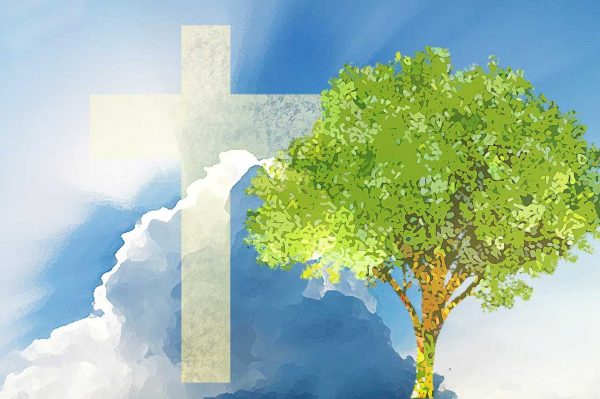
The Tree appears to Lehi (a prophet who lived in 600BC) In the Book of Mormon, in a Revelation, as the symbol of the love of God. The fruit of the tree is seen as the greatest gift of god. Salvation and eternal life are also called the greatest gifts of God. The tree and its fruit are thus symbolic of Salvation and the life after death in God’s presence and love.
Europe
As early as 1737, the tree of life was identified with the philosopher’s stone and the Elixir of Life.
An ancient Celtic people worshiped trees, Jen Delyth, the Welsh Artist, created a Tree (of) Life symbol, using Celtic traditional motifs and based on the Celtic veneration towards trees.
According to Stephen Oppenheimer, the culture of tree veneration started in Indonesia. Through diffusion, the culture reached china and then India. The Finno-Ugaritic strand made the culture spread in Russia and finally to Finland, where the Myth of Yggdrasil (an enormous tree in in Norse cosmology that is central to the existence of 9 worlds), rooted itself.
Germanic Paganism and Norse Mythology
Trees play an important role in (Germanic) paganism and Neo paganism. In Norse religion, the Tree (of Life) appears as Yggdrasil, a huge Ash Tree often considered the Tree (of Life). The Germanic tribes had the practice of honoring trees. The examples are Thor,s Oak, Uppsala’s sacred tree, sacred groves and the like. Norse mythology has Iounn’s ash box, the apples from the box was considered to give immortality to the Gods.
Islam
There is the mention of the tree (of immortality) in the Holy Quran. The Hadiths (reports on the teachings of the prophet Muhammad and the Tafsir (interpretation of the Islamic contents) also mention the Tree. According to the Quran, there was a tree in Eden, called the Tree (of Immortality). Allah forbade Adam and Eve to eat the fruit of the Tree. Satan, in the disguise of a serpent finally convinced them to eat the forbidden fruit of the tree, resulting in the loss of Paradise for them. Other trees in heaven are mentioned in the hadiths.
The Ahammadiya movement points out that the reference in the Quran about the tree is only symbolic. The crux of the matter is that Adam disobeyed God.
Jewish Sources
The Hebrew word for the tree of life is Etz Chaim. This expression is found in the Book of Proverbs, and could very well be a reference to The Torah. Etz Chaim is a common name for synagogues as well as Yeshivas and the literary works that are rabbinic. The wooden poles to which a parchment of Sefer Torah is attached, are also denoted by this name.
The book (of proverbs) associates the Tree (of Life) with wisdom. The tree is also associated with calmness. The book says, “A soothing tongue is a tree of Life..”.
Kabbalah
The tree (of) life in is depicted in the form of ten nodes that are interconnected. These ten nodes represent the divine realm’s Ten Sephirot powers. This is the Kabbalah’s central Symbol. This emanation theology interprets the Creation’s purpose, the Torah, and Jewish observances, as obscure symbols for the unification of the Sephirot powers, in order to restore harmony back to creation. From Renaissance times, even the non-Jewish western culture adopted the Kabbalah (Jewish) and incorporated it as a significant tradition. Initially, it was adopted by the Christian Cabala, and then continued in Western Esoterism (secret teachings) and the Hermetic Quabalah (relating to western esoteric and the occult). They associated the Judaic Tree (of) life concept syncretically (combining opposite beliefs with diverse schools of thought) with other traditions and magic practices along with esoteric theology.
Middle East
The Epic of Gilgamesh is all about a similar Quest of Immortality in the theology of Mesopotamia. Etana, chosen by the Gods as king of the earth, embarked on his quest for a plant (of) birth, which only could provide him a male heir. This epic has a very solid basis in antiquity. The epic was found in Akkad’s cylinder seals (normally two dimensional clay seals engraved with figurative scenes or written characters), that date back to a period 2390 to 2249 years before Christ.
The story of Buluqiya appears in The book of Thousand and one nights (Arabian Nights). The hero in his quest for immortality, finally finds a sort of paradise, with the trees encrusted with jewels. He discovers the Fountain of youth. But he is fated to return empty-handed since he is unable to defeat Al-Khidr, who guards the fountain.
North America
There is this myth of the world formed on the back of a turtle passed down the Iroquois (a group of 6 nations or tribes comprising the Tuscarora, Seneca, Cayuga, Oneida, Onondaga and the Mohawk. This myth is about how the land originated. A tree of life, appears in this myth. The tree of life grew in the heavens, where human beings initially lived. One day, a pregnant woman fell off the heavens into the endless sea. A Giant turtle saved her. She planted a bark from the Tree (of) life on its back and thus formed the world.
The motif of The tree (of) Life is seen in Ojibay traditions as well as in cosmology. In Anishinaabemowin (one of the oldest native American languages), m, the “Tree” is called Nookomis Giizhig or Cedar grandmother.
The Serer Religion
The Tree (of) life is the religious concept that is the basis of the Serers. The supreme being, Roog, known as Koox among the Cangins, created the trees first. In the Serers’ myth of creation the Somb and Saas trees are both trees of Life, but Somb is considered as the first tree in creation. The Serer religious followers used the Somb in their Tumuli and burial chambers. They have survived more than a thousand years. For the Serer practitioners, Somb was the Tree (of) life as well as the symbol of immortality.
Turkic World
Central to Turkic mythology is the concept of the Tree (of) Life or the (world) Tree. The azure sky seen around the tree is believed to reflect the peace-loving mentality of the land and the red ring around the elements stand for their belief in rebirth as well as growth and development of the Turkic world.
Biology
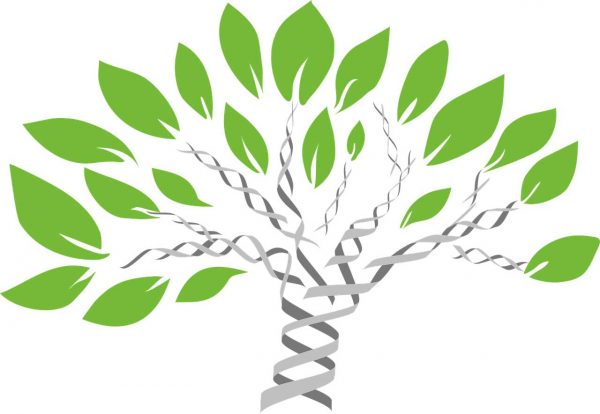
From an evolutionary viewpoint, The Tree (of) life is a metaphor for the relationship of all life forms on earth, viewed purely from an evolutionary context. In his book ‘On the Origin of Species”, Charles Darwin talks of envisioning evolution as ‘Tangled’ bank (Researches in modern times have narrowed this reference to a hillock named Orchis Bank or Down Bank in Kent, in the UK). A treelike branched diagram is the only illustration in the book.
Over a period of time, many a limb has decayed and fallen off the tree. These fallen branches, varying in size, can represent orders, families or genera that have long been extinct and have no living representation. We know of them only from fossils. Sometimes, you can see a straggling branch with some sign of life at the summit, we come across an occasional species like the Platypus or Lungfish, hanging on for life at this protected station, alluding to the survival on two branches of the tree. With the new flowering buds and the new healthy branches encompassing the existing feeble branches, we can say that the Tree (of) Life, while filling the crust of the earth with dead, decayed and broken branches, now stands magnificently with new, beautiful flowering branches.

Having discovered a fondness for insects while pursuing her degree in Biology, Randi Jones was quite bugged to know that people usually dismissed these little creatures as “creepy-crawlies”.



